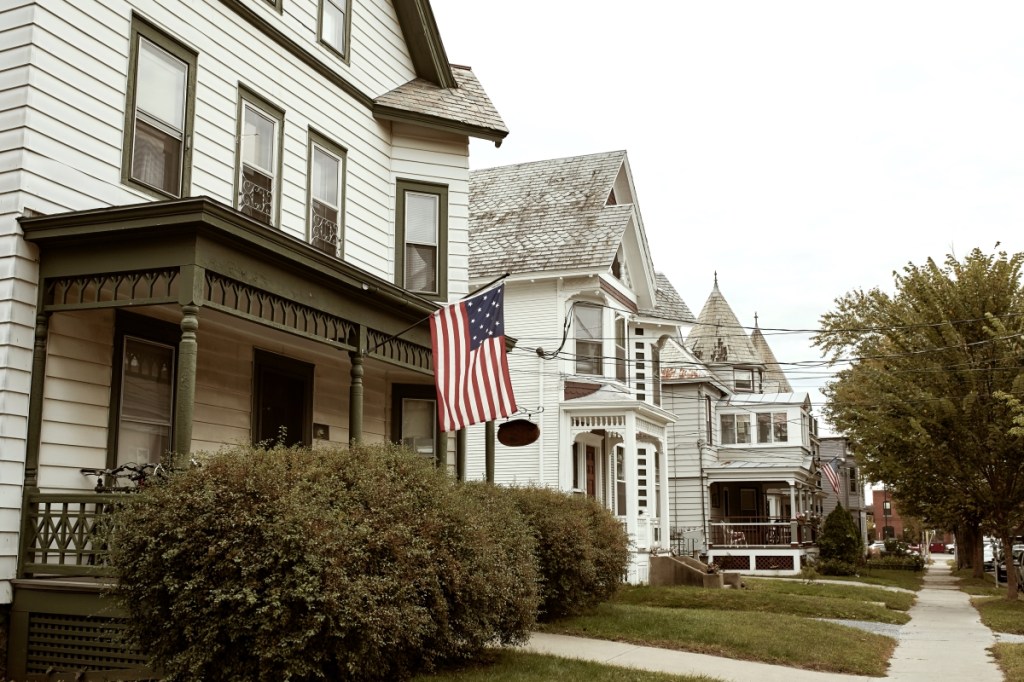Homebuilder confidence in the U.S. fell to a four-month low in January as builders expressed concerns about higher house prices, COVID-related supply chain issues and construction costs.
Builder confidence in single-family homes dropped to 83 in January from 86 in December, according to the National Association of Home Builders and Wells Fargo Housing Market Index. It’s the second straight monthly decline in sentiment.
Rising material costs, in particular lumber, pushed sentiment down. A resurgence of coronavirus cases also contributed to the weakening number. But builder sentiment overall remains strong, per NAHB officials.
“Despite robust housing demand and low mortgage rates, buyers are facing a dearth of new homes on the market, which is exacerbating affordability problems,” said NAHB Chairman Chuck Fowke, a custom home builder from Tampa, Florida. “Builders are grappling with supply-side constraints related to lumber and other material costs, a lack of affordable lots and labor shortages that delay delivery times and put upward pressure on home prices.”
The HMI index gauging current sales conditions dropped two points to 90, while the component measuring sales expectations in the next six months fell two points to 83. The gauge charting traffic of prospective buyers decreased five points to 68.
How to gain more listing visibility in a shifting housing market
As real estate professionals strategize on how to do business in 2021’s competitive, fast-paced housing market, they’ll discover the need for better tools to market their listings.
Presented by: Apartments.com
Regionally, the West remains at the top of the HMI confidence scoresheet with an astonishing 95 points – a near-perfect score in terms of builder confidence, even though it’s down one point from December. The South fell one point to 86, the Northeast fell six points to 76, and the Midwest was up two points to 83.
“While housing continues to help lead the economy forward, limited inventory is constraining more robust growth,” said NAHB Chief Economist Robert Dietz. “A shortage of buildable lots is making it difficult to meet strong demand and rising material prices are far outpacing increases in home prices, which in turn is harming housing affordability.”
Dietz said in September that higher lumber prices are adding about $16,000 to the cost of a new house. But the pandemic hit the lumber industry hard – approximately 6,000 jobs were lost as a result of the ensuing economic turmoil.
“Growing demand for lumber met insufficient supply, and the result has been escalating prices,” Dietz said.
Inventory has been an issue for real estate agents and brokers since early 2020, as well. Even prior to the pandemic, housing inventory had hit record lows. Total home sales are outpacing new listings by a wide margin every month, and real estate tech company Homesnap foresees the shortage continuing in 2021 unless more sellers enter the housing market.
The month of December saw the largest year over year decline of housing inventory in almost three years, with inventory declining 12%, according to realtor.com.







